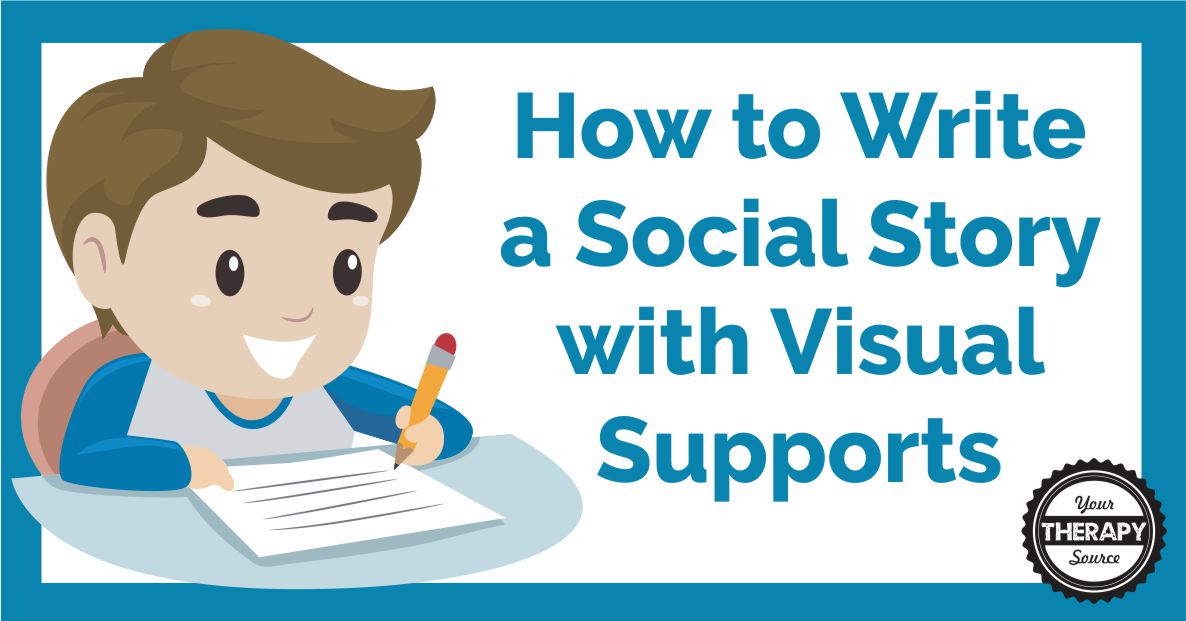What is a Visual Prompt and When to Use Them
What is a Visual Prompt? A visual prompt is a photograph, illustration or icon to represent a task. There are different types of visual prompts depending upon what each individual needs. For example, we all use visual prompts in our daily lives. We see an icon on the the restroom door, and we know it […]






